Tim Campbell
Tim Campbell, co-sponsored by the University of Arizona Computer Science Department.
I am the student manager of the University of Arizona Student Satellite Program (SSP). The SSP is an organization that joins faculty and students in the goal of designing and building satellites for scientific experimentation. The environment is one in which faculty advisors work closely with students, hopefully imparting to students their knowledge and skills. The SSP has recently transitioned from the design of one fairly large and complex satellite to the concurrent design and creation of several smaller 'CubeSats' that are to be brought from drawing board to launch in one to two years. This is a significant departure from the SSP's original UASat, which was a larger more complicated satellite. With this ambitious launch schedule comes a more demanding program. In order to make milestone dates, much of the leadership of the program has shifted towards faculty advisors. Thus one of my most important duties is to see that the SSP remains a program focused on furthering students' educations. My involvement with SSP will be both technical and administrative. I am on the attitude control team of Rincon Sat and the controller board team of CubeSat X. I will be responsible for recruitment and critical design reviews. Additionally, I sit on the program's technical and executive steering committees. I will also be involved in presenting the UofA SSP to the public and to other student flight programs. My short-term duties involve aiding SSP's different satellite teams in completing their projects in a timely matter. The long-term goal of the SSP is to design and build, in conjunction with Space Grant consortia around the country, a flotilla of satellites to be sent to Mars. I expect much of my energy will be devoted to laying the groundwork to realize this ambitious goal.
Fall 2002 Update
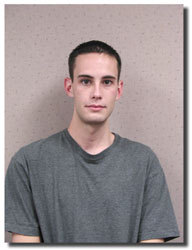 The University of Arizona Student Satellite Program (SSP) was created five years ago, for industry, community, and university leaders to guide students in their dream of designing, building, and operating a satellite. SSP gives students an opportunity to make complex systems function from design to operation through teamwork, while providing opportunities to develop real-world skills and training desired by future employers. Project efforts began with the design and development of UASat, a large and costly satellite for launch from the Space Shuttle. This effort lagged with no NASA flight manifest or sufficient funding to complete the satellite within the 4-5 year academic life of an undergraduate student. In 2000 the Space Grant Program accepted managing control of SSP, reassessed efforts and changed the focus to building smaller and cheaper picosat "CubeSats" (10 cm cubes with less than 1 kg of mass) to establish a track record and to demonstrate success to funding agencies and to NASA. Industry supports this effort to train student (the future high-tech work-force) by building picosats, and appreciates shorter time-lines for development and smaller costs. CubeSats can be built, tested, launched, and tracked in a relatively short period of time, allowing students to build and launch a satellite prior to graduation and in some cases to receive class-credit for program participation. Grants from industry, the university (UA) and private foundations help fund student support, operations, and launch costs. The SSP has involved approximately 120 students in the last five years and currently includes approximately ten faculty mentors, thirty undergraduates, and four graduate students.
The University of Arizona Student Satellite Program (SSP) was created five years ago, for industry, community, and university leaders to guide students in their dream of designing, building, and operating a satellite. SSP gives students an opportunity to make complex systems function from design to operation through teamwork, while providing opportunities to develop real-world skills and training desired by future employers. Project efforts began with the design and development of UASat, a large and costly satellite for launch from the Space Shuttle. This effort lagged with no NASA flight manifest or sufficient funding to complete the satellite within the 4-5 year academic life of an undergraduate student. In 2000 the Space Grant Program accepted managing control of SSP, reassessed efforts and changed the focus to building smaller and cheaper picosat "CubeSats" (10 cm cubes with less than 1 kg of mass) to establish a track record and to demonstrate success to funding agencies and to NASA. Industry supports this effort to train student (the future high-tech work-force) by building picosats, and appreciates shorter time-lines for development and smaller costs. CubeSats can be built, tested, launched, and tracked in a relatively short period of time, allowing students to build and launch a satellite prior to graduation and in some cases to receive class-credit for program participation. Grants from industry, the university (UA) and private foundations help fund student support, operations, and launch costs. The SSP has involved approximately 120 students in the last five years and currently includes approximately ten faculty mentors, thirty undergraduates, and four graduate students.
Starting in 2001 we have focused on building two CubeSats for launch from Baikanor, Kazakhstan in the spring of 2003, fund-raising and building partnerships with industry, and spear-heading a Nationwide Space Grant Student Satellite Program Initiative. Our first two CubeSats are Rincon Sat and FfizE Sat. Ricon Sat will test several engineering systems that will support scientific payloads on future CubeSats. Its solar panels will generate approximately 1 watt of power, and current measurements from panels on the six cube faces will provide an indication of attitude to analyze tumbling. 18 other voltage, current, and temperature measurements will provide engineering data on the satellite systems. The telemetry downlink and command uplink will utilize amateur radio frequencies. This satellite will also carry a beacon with low rate telemetry capability as an independent backup system. Rincon Sat is now built and undergoing integration testing and trouble shooting. FfizE Sat has 6 high-quality optical retroreflectors similar to those left on the moon by the Apollo astronauts. Precise tracking by laser ground stations will help resolve a discrepancy between theories and experiments for the velocity aberration effects in reflected light beams. It is also hoped that tracking will allow measurement of spacecraft charging by measuring orbital displacement. An on-board radio beacon will report on the performance of the magnetic and gravity gradient attitude stabilization systems. It will also carry a small battery powered beacon for assistance in initial orbit tracking and acquisition of some satellite data. Plans for additional future CubeSats are underway. We are in the process of building a state-wide coalition to design and construct the next generation of cubesats that will employ active attitude determination and control systems and increasingly sensitive instrumentation.
My time as a Space Grant Fellow has been spent participating in the SSP at various levels. As the student program manager I try to involve myself in all aspects of the SSP, from working one on one with SSP students, to organization and administration at the program level, to working towards making the University of Arizona SSP a key member of a new national coalition of student satellite programs. In this, my second year as a fellow, I have begun working on a pilot program to begin the design of a satellite meant for mars orbit. This project is novel not only in its goal of sending student-built hardware to Mars, but also in our multi-institutional approach. We hope a distributed organization will help us to reach a greater number of students while taking advantage of more institutions and industry partners' resources. A primary activity for this coming year will be to involve students and faculty in a thorough examination of existing components, materials and methods that could be adapted or modified to overcome the limitations of small satellites in performing science experiments of significant value. All participating institutions will be working together to extend the technological frontier by addressing underdeveloped technologies that will make the use of pico/micro satellites possible for such applications. An example of one area requiring special attention is that of platform stabilization and pointing for the very smallest of satellite classes. Consortium members will also seek to pool collective resources and knowledge to design a full bus that will implement the best aspects of separately designed systems. Other issues that will be studied are micro-miniaturization and modularization of the bus.



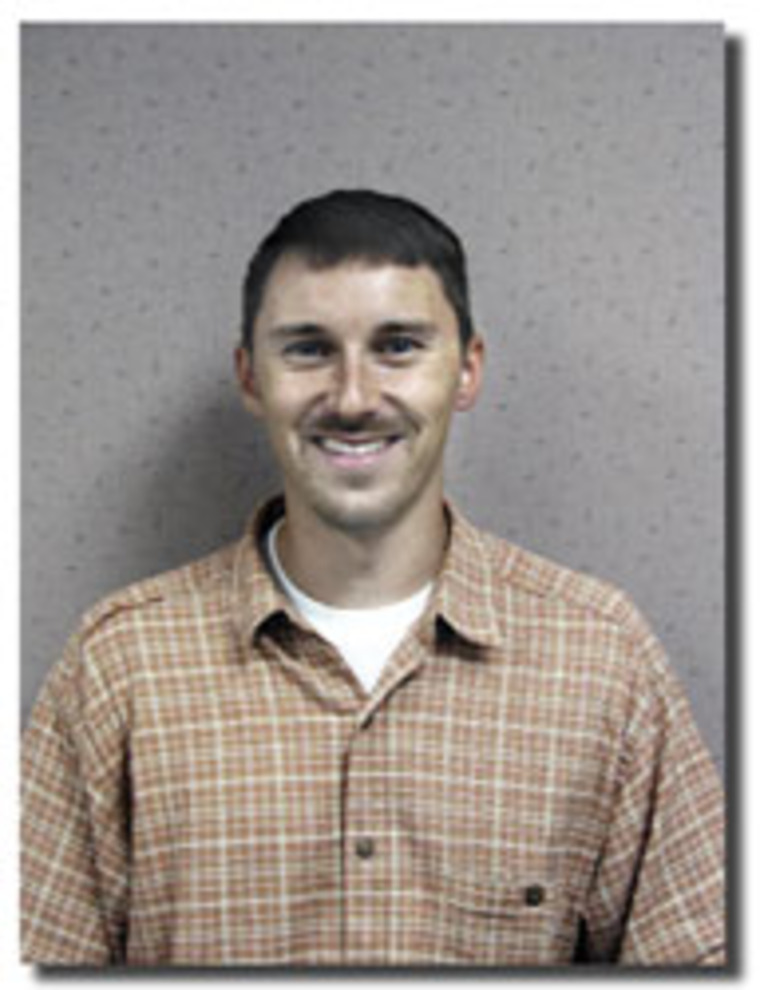
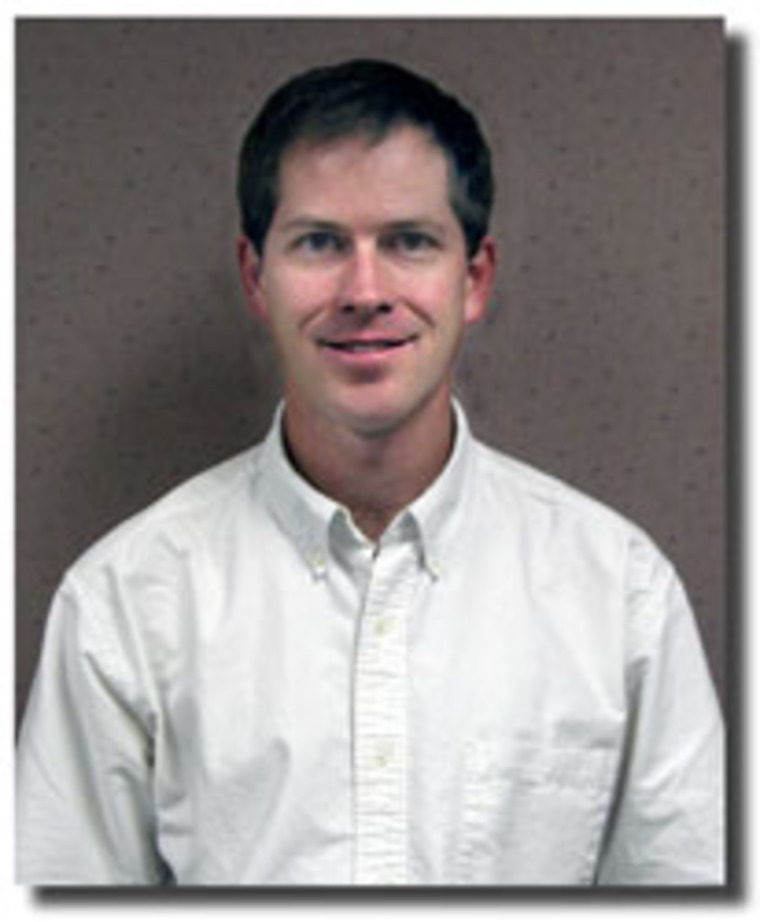
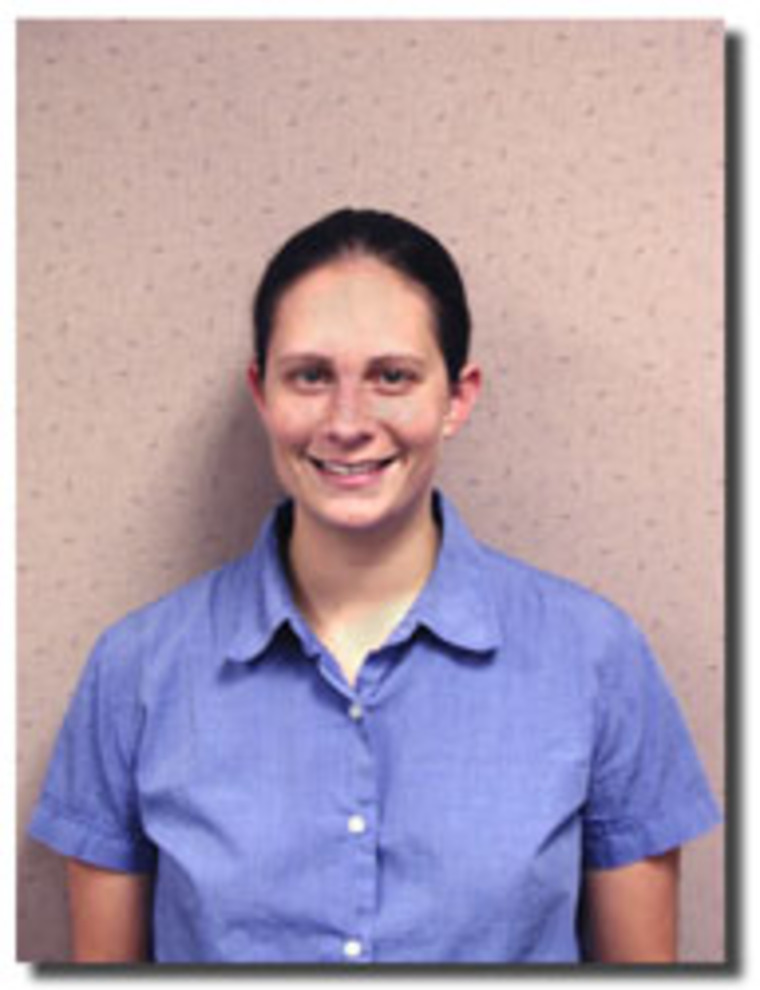
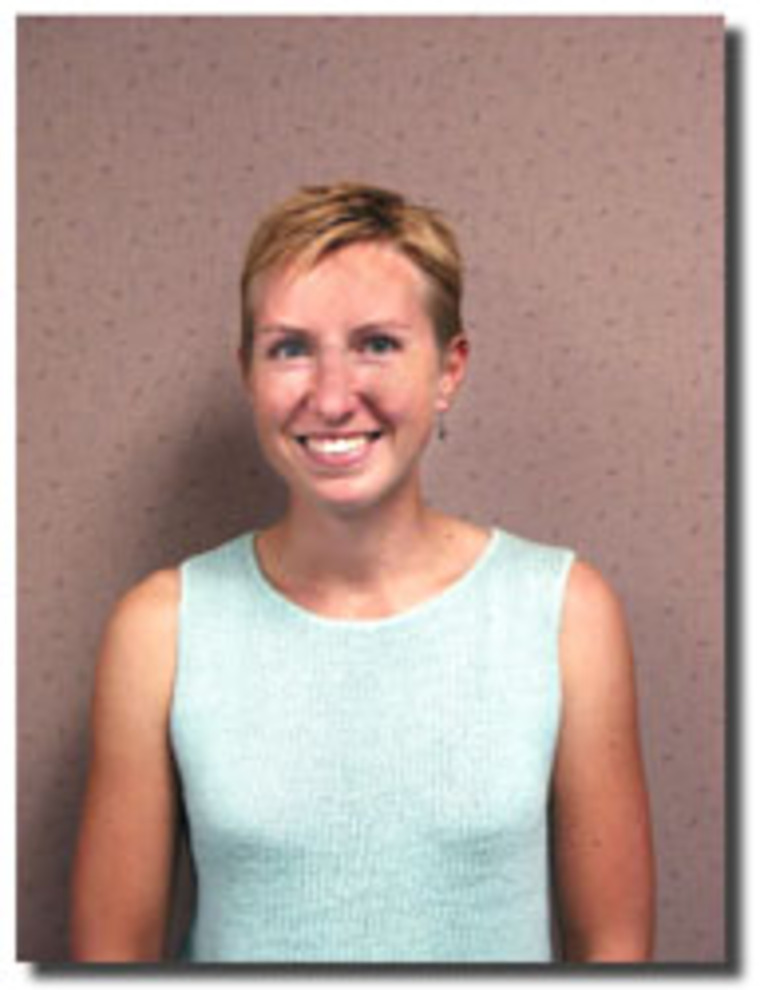
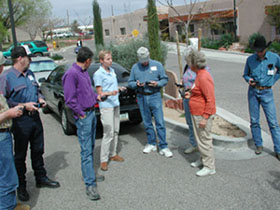 Working with Dr. Barron Orr, University of Arizona Geospatial Extension Specialist and University of Arizona Cooperative Extension Agents across the state, I have developed a series of workshops on applying global positioning systems (GPS) and geographic information systems (GIS) technologies to weeds management. With the assistance of Dr. Orr and external grant monies, we were able to obtain ten handheld computers (Compaq iPAQs), ten Garmin V GPS units, and ten copies of HGIS, a GIS software package specific to the iPAQ units. These units serve as a wonderful traveling classroom resource.
Working with Dr. Barron Orr, University of Arizona Geospatial Extension Specialist and University of Arizona Cooperative Extension Agents across the state, I have developed a series of workshops on applying global positioning systems (GPS) and geographic information systems (GIS) technologies to weeds management. With the assistance of Dr. Orr and external grant monies, we were able to obtain ten handheld computers (Compaq iPAQs), ten Garmin V GPS units, and ten copies of HGIS, a GIS software package specific to the iPAQ units. These units serve as a wonderful traveling classroom resource.